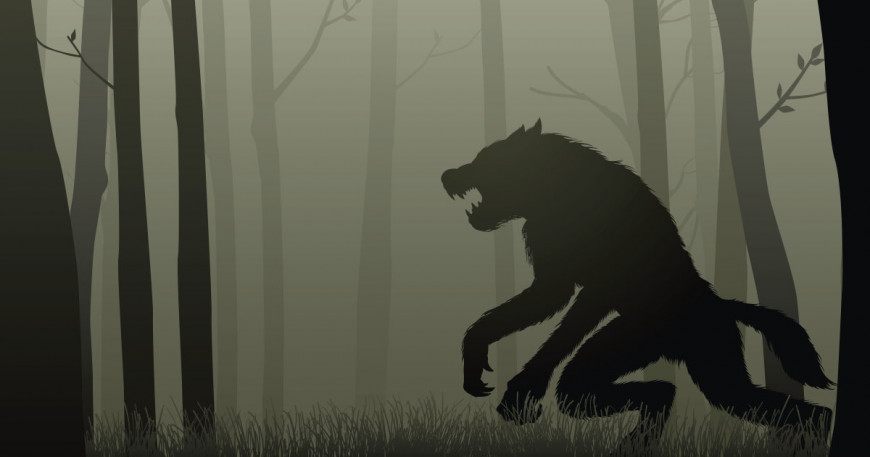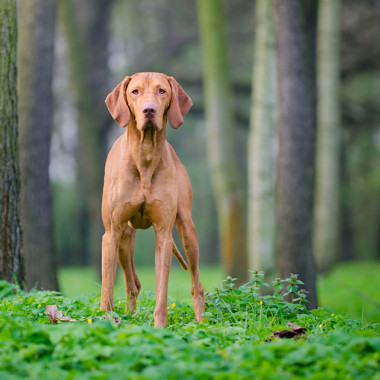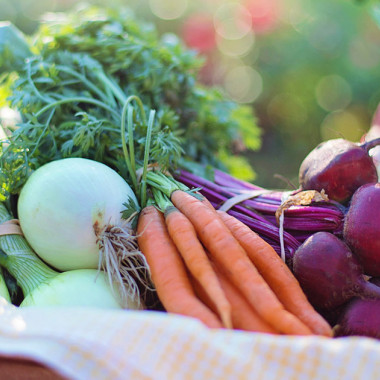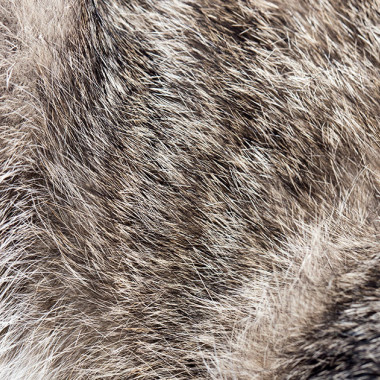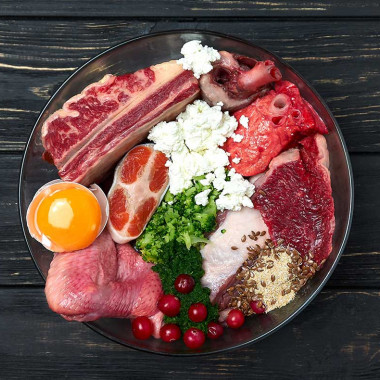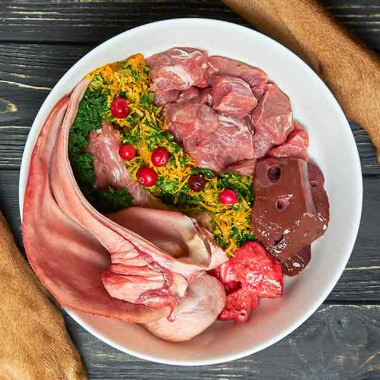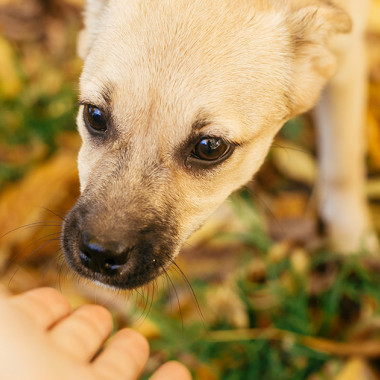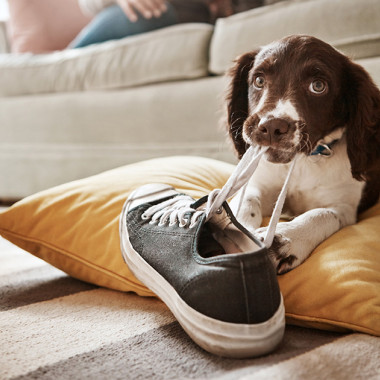Some people refuse to feed their dogs the BARF diet because they mistakenly believe their dog will become more aggressive, or they have heard other myths about feeding raw food. It is easier for them to pour kibble directly from the bag than to provide a healthier and more natural diet for dogs without unnecessary preservatives and artificial additives, which are often harmful to health. This article will debunk some myths about the BARF diet.
Myth 1: The Dog Will Become More Aggressive
The idea that feeding a dog raw meat or bones will make them aggressive is a myth. A dog's aggression can stem from inadequate socialization and training, bad experiences, or psychological disorders. Attacking other animals can also result from a lack of socialization or, in some breeds, from hunting instincts. A properly socialized and trained dog will not attack other animals or people.
Myth 2: A Hunting Dog Will Start Eating Caught Prey
The role of hunting dogs is to find, track, retrieve, and possibly bring back the found game. Nevertheless, some dogs do enjoy eating the prey, which has nothing to do with feeding raw food. Even dogs that have been fed kibble all their lives can kill or eat game. It is more a result of poor training.
Learn more about eating prey in the article BARF and Eating Game.
Myth 3: Feeding Bones Is Risky
The danger lies only in cooked bones, where the structure changes – they become sharp and difficult to digest. Cooked and baked bones can seriously damage a dog's digestive tract. Dogs can easily handle raw bones. They are softer, more flexible, and easier to digest. Moreover, dogs fed a BARF diet develop a so-called "needle reflex," which prevents damage to the stomach and intestines. Nevertheless, it is recommended to supervise the dog while feeding bones.
Read more about feeding bones in the article How to Properly Feed Bones?
Myth 4: Raw Meat Can Harm the Dog
If you provide your dog with quality meat from a reliable source, you can exclude diseases like salmonella or the presence of parasites. Raw meat should be frozen for at least 48 hours before feeding to minimize the presence of pathogenic microorganisms. The acidity of a dog's stomach, which ranges from pH 0.5 to 1.0, also helps protect against parasites and pathogens.
Myth 5: The BARF Diet Is Expensive
When buying kibble, you are also paying for preservatives (to ensure long shelf life), which are not used in the BARF diet. Compared to high-quality kibble that meets the dog's nutritional requirements, the BARF diet is cheaper and much higher quality. Additionally, the high temperature used in kibble production inactivates some vitamins, so they need to be artificially added after kibbling, which is not natural for dogs. In terms of cost/quality ratio, BARF is clearly more beneficial and, above all, tastier and healthier for your furry friend.
Myth 6: The Diet Is Not Balanced for the Dog
Most people do not create a precise and balanced diet plan. Therefore, it is essential for our diet to be varied. Eating the same foods every day could lead to a deficiency in some components and nutrients. Besides, we would get tired of eating the same food all the time. It is similar for dogs. They also need different kinds of meat, fish, vegetables, fruits, supplements, and bones. By maintaining a ratio of 50-60% meat, 20-30% bones, and 20-30% supplements, an adult dog will be healthy and in good condition.
Read more about creating a diet plan for dogs in the article BARF - Calculating the Diet.
